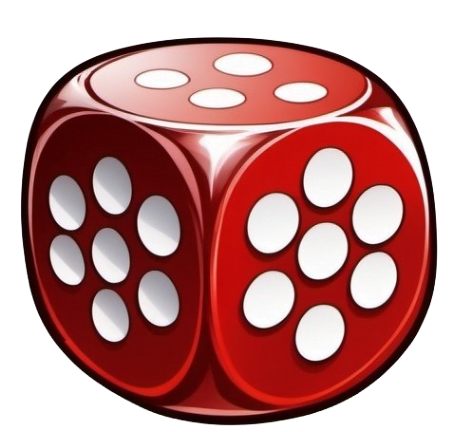Dragonchess (1985)
Dragonchess
Dragonchess is a three-dimensional fantasy chess variant created by Gary Gygax, co-creator of the famed role-playing game Dungeons & Dragons. The game was introduced in 1985 in issue No. 100 of Dragon Magazine. The game is played on three 8×12 boards stacked above each other. The top board represents the air, the middle board represents the land, and the lower board is the subterranean world. The Dragonchess game pieces (42 per player) are an ensemble of characters and monsters inspired or derived from fantasy settings in Dungeons & Dragons.
Why is Dragonchess Popular?
Dragonchess is significant because it is a unique and challenging variant of chess that adds a new level of complexity to the game. The three-dimensional aspect of the game adds a new layer of strategy and tactics that is not present in traditional chess. Additionally, the game’s connection to Dungeons & Dragons, one of the most popular and influential role-playing games of all time, has helped to increase its popularity among fans of the fantasy genre.
Game Components of Dragonchess
How To Setup Dragonchess
To set up Dragonchess, players arrange the three boards vertically, with the top board representing the sky, the middle board the ground, and the bottom board the underworld. Each player places their pieces according to a specific starting setup. For example, the Gold Elemental starts at 3g1, and the Dragon, which cannot move off the top board, has a unique starting position.
Gameplay Mechanics and Game Objective
Player Experience
Playing Dragonchess can be a complex and engaging experience, requiring strategic thinking and familiarity with the unique abilities of each piece. The three-dimensional setup adds a new layer of depth to traditional chess, making each move more intricate and challenging. Players need to balance short-term tactics with long-term strategies, considering the interactions between pieces on different levels.
Pros
Cons
Personal Thoughts on Dragonchess
Dragonchess is ideal for players who enjoy both chess and fantasy settings, particularly fans of Dungeons and Dragons. It is a game that rewards patience and strategic thinking, making it a great choice for those looking to challenge themselves beyond traditional chess. However, it may not be the best fit for casual players or those who prefer simpler, quicker games.
We are supported by our audience. When you purchase through links on our site, we may earn an affiliate commission, at no extra cost for you. Learn more.
